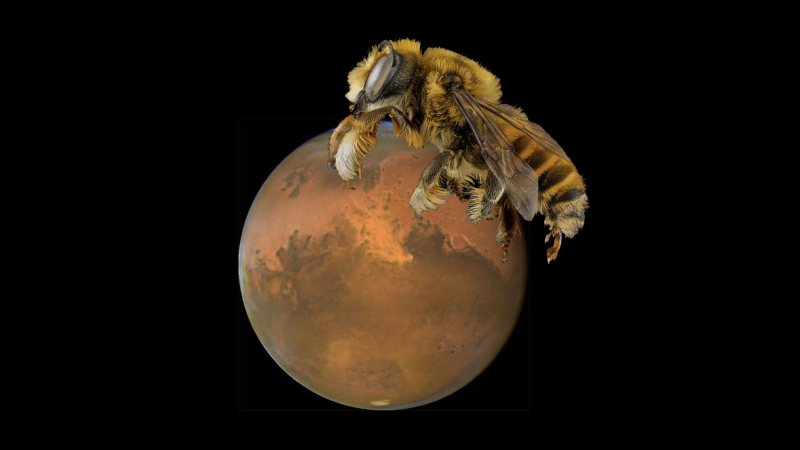
I can’t beelieve it! Maybe one day there will be bee-like robots buzzing around the surface of Mars.
NASA has selected 25 proposals to receive funding as part of its Innovative Advanced Concepts (NIAC) program. Each award amounts to around $125,000. But as a website that’s always been a fan of small ideas, we quite liked Marsbee, a “Swarm of Flapping Wing Flyers for Enhanced Mars Exploration.”
“With their ability to fly through the ultra-low-density atmosphere of Mars, Marsbees will enable researchers to gather previously unattainable data about the pressure, temperature, and chemical composition of Mars,” project lead Chang-kwon Kang from The University of Alabama in Huntsville told Gizmodo. “They can also aid in collaborative terrain mapping.”
A Mars rover could serve as the home base for a swarm of these bees, according to the NASA release. They’d be low-power and specifically designed for the Red Planet’s lower-density atmosphere.
Advertisement
The researchers are a long way from realizing these fliers—they must first determine the optimal wing design and weight. But they’ve already calculated that they should be able to use bug-inspired wings to generate Marsbees’ lift, Kang told me.
The NIAC projects are basically visionary ideas that NASA is excited to fund, ones that could have a big impact on future NASA missions, according to a Jet Propulsion Laboratory release. But swarm robotics itself isn’t a new idea. Scientists have previously considered simple ant-like robots for future missions that could cover lots of space simultaneously.
This is just phase one, and the researchers from the University of Alabama in Huntsville, George Washington University, and Tokyo University in Japan are working to overcome future challenges. The main limitation, said Kang, will be ensuring the Marsbees use the right power sources—they must be both small andd light enough.
Advertisement
No word about whether we need to beeware of the Marsbees colonizing the red planet before we do, though.
[NASA]













